Southern portion of this megatransect is at Saudi_mega.html
Compiled by Craig Dremann, (650) 325-7333, for scientific study of what a large-scale, continent-sized ecological and vegetation photo megatransect could possibly look like, photos copyright by the photographers that are listed on the pages at confluence.com. Photos on this web page are used here with written permission from the Confluence Project. Some photos have been cropped or contrast enhanced, to more clearly show the vegetation.
The best index link into the Confluence project is https://www.confluence.org/showworld.php
>>>See the Europe to Africa Vegetation Megatransect HERE
>>>Canada to Mexico Vegetation Megatransect HERE
>>>Canada to Baja Vegetation Megatransect HERE
>>>China West to East Vegetation Megatransect HERE
>>>Pakistan through India Vegetation Megatransect HERE
>>>North Africa to India Vegetation Megatransect HERE
>>>Australia Vegetation Megatransect HERE
>>>United States West to East Vegetation Megatransect HERE
>>>New Mexico whole state Vegetation Megatransect HERE
Dots trace the route of the two megatransects. Marked in green, are the best areas, that should be preserved as Ecological Restoration preserves. Marked in blue are the sites of the ancient 6,000 year old lake beds.
ER = is a rating for each site, as to their Ecological Restoration potential, and the following numbers from 0 to 4 rate the site as follows:
0 = No native vegetation is visible, and no soil with organic
matter seen.
1= < 1% cover; or zero cover, but organic matter still appears
to be in the soil.
2 = Fair plant cover.
3 = Good plant cover.
4 = Excellent plant cover, should be preserved as an ecological
restoration site.
18N 42E in the southern portion
of this megatransect is the best example of native acacia/grassland
habitat in all of the Kingdom of Saudi Arabia so far seen, and
what much of the Arabian peninsula could look like, with an annual
program and significant investment in ecological restoration.
23N 39E, ER 0
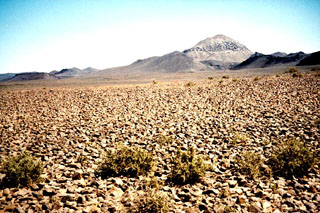 23N 40E, ER 1
23N 40E, ER 1
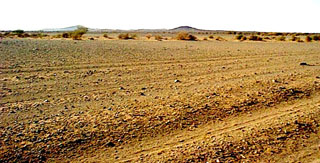 23N 41E, ER 1
23N 41E, ER 1
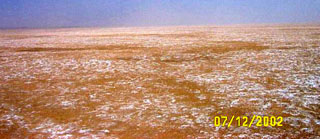 23N 42E, ancient 6,000 year old lake bed, ER 0
23N 42E, ancient 6,000 year old lake bed, ER 0
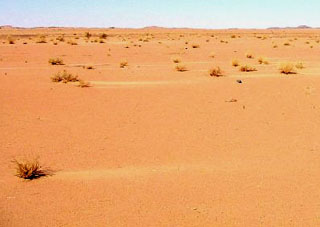 23N 43E, ER 1
23N 43E, ER 1
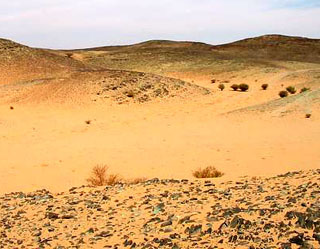 23N 44E, ER 1
23N 44E, ER 1
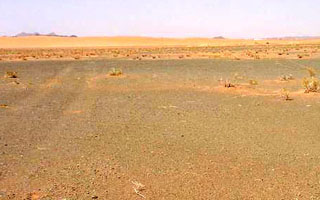 23N 45E, ER 1
23N 45E, ER 1
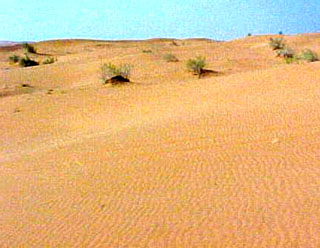 23N 46E, ER 2
23N 46E, ER 2
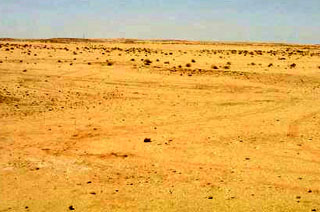 23N 47E, ER 1
23N 47E, ER 1
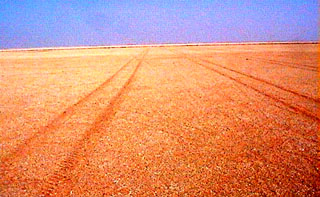 23N 48E, ER 0
23N 48E, ER 0
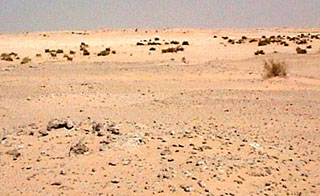 23N 49E, ER 2
23N 49E, ER 2
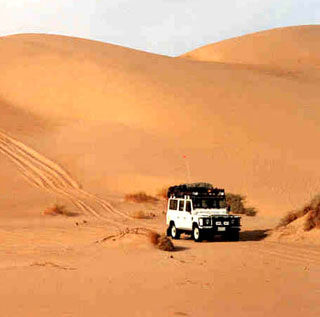 23N 50E, ER 1
23N 50E, ER 1
 23N 51E, ER 2
23N 51E, ER 2
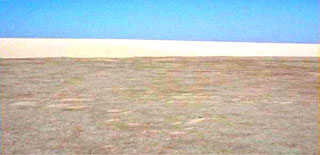 23N 52E, ancient 6,000 year old lake bed, ER 0
23N 52E, ancient 6,000 year old lake bed, ER 0
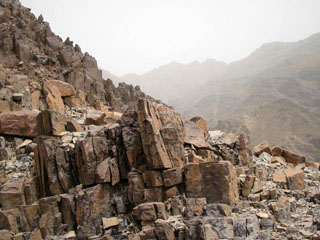 24N 39E, ER 0
24N 39E, ER 0
24N 40E, ER 0
24N 41E, ER 4
24N 42E, ER 1
 24N 43E, ER 2
24N 43E, ER 2
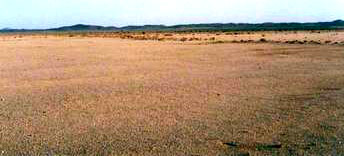 24N 44E, ER 1
24N 44E, ER 1
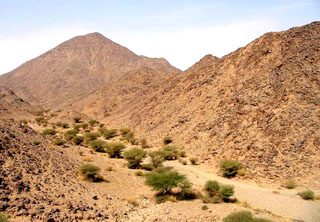 24N 45E, ER 2
24N 45E, ER 2
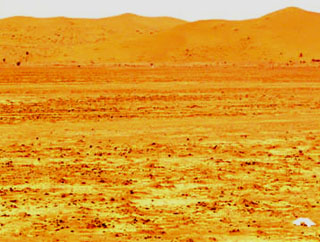 24N 46E, ER 0
24N 46E, ER 0
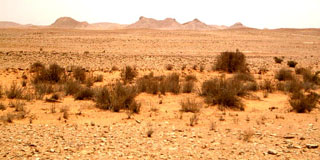 24N 47E, ER 2
24N 47E, ER 2
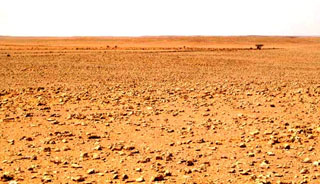 24N 48E, ER 1
24N 48E, ER 1
 24N 49E, ER 1
24N 49E, ER 1
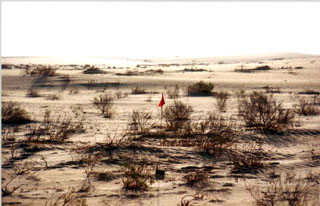 24N 50E, ER 3
24N 50E, ER 3
 24N 51E, ER 1
24N 51E, ER 1
25N 39E, ER 4
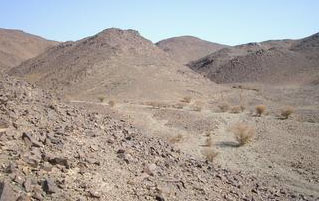 25N 40E, ER 1
25N 40E, ER 1
 25N 41E, ER 1
25N 41E, ER 1
25N 42E, ER 1
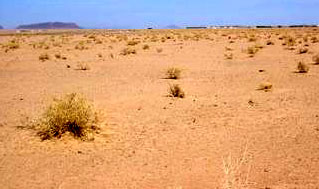 25N 43E, ER 2
25N 43E, ER 2
25N 44E, ER 1
25N 45E, ER 0
25N 46E, ER 1
25N 47E, ER 0
25N 48E, ER 1
25N 49E, ER 4
25N 50E, ER 0
26N 37E, ER 0
26N 38E, ER 1
26N 39E, ER 0
26N 40E, ER 1
26N 41E, ER 4
26N 42E, ER 0
26N 43E, ER 1
26N 44E, ER 4
26N 45E, ER 0
26N 46E, ER 4
26N 47E, ER 0
26N 48E, ER 4
26N 49E, ER 3
27N 38E, ER 3
27N 39E, ER 3
27N 40E, ER 1
27N 41E, ER 1
27N 42E, ER 3
27N 43E, ER 2
27N 44E, ER 1
27N 45E, ER 1
27N 46E, ER 2
27N 47E, ER 1
27N 48E, ER 1
27N 49E, ER 4
28N 43E, ER 4
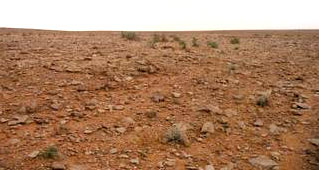 28N 44E, ER 1
28N 44E, ER 1
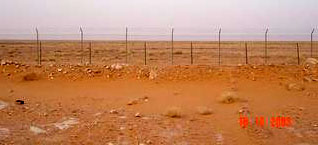 near 28N 45E, ER 1
near 28N 45E, ER 1
28N 46E, ER 1
28N 47E, ER 0
28N 48E, ER 0
29N 37E, ER 1
29N 38E graves, ER 1
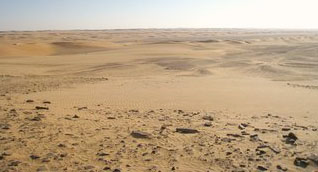 29N 39E, ER 0
29N 39E, ER 0
29N 40E, ER 4
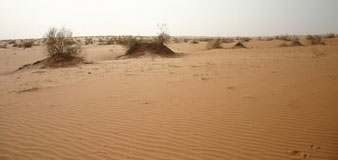 29N 41E, ER 4
29N 41E, ER 4
 29N 42E, ER 0
29N 42E, ER 0
29N 43E, ER 1
29N 44E meadow, ER 4
29N 44E, ER 1
29N 45E, ER 1
29N 46E, ER 1
29N 47E, ER 1
30N 38E, ER 1
30N 39E, ER 0
30N 40E, ER 1
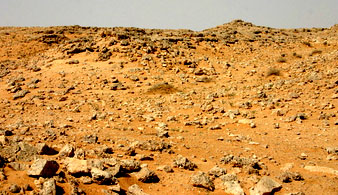 30N 41E, ER 0
30N 41E, ER 0
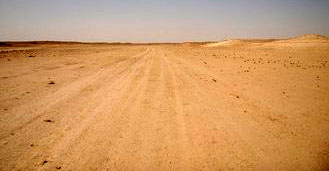 30N 42E, ER 0
30N 42E, ER 0
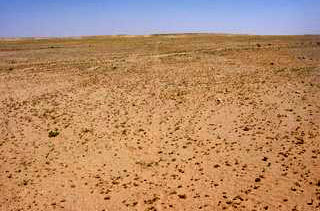 30N 43E, ER 0
30N 43E, ER 0
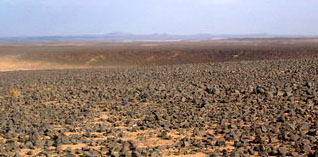 31N 38E, ER 0
31N 38E, ER 0
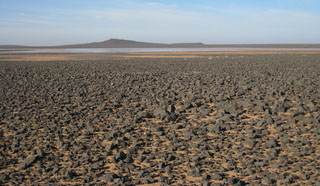 31N 39E, ER 0
31N 39E, ER 0
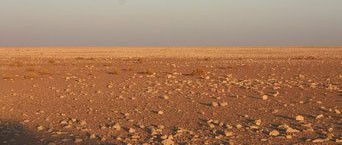 31N 40E, ER 0
31N 40E, ER 0
 31N 41E, ER 0
31N 41E, ER 0
 31N 42E, ER 1
31N 42E, ER 1
Updated December 24, 2022 - The Reveg Edge Ecological Restoration service